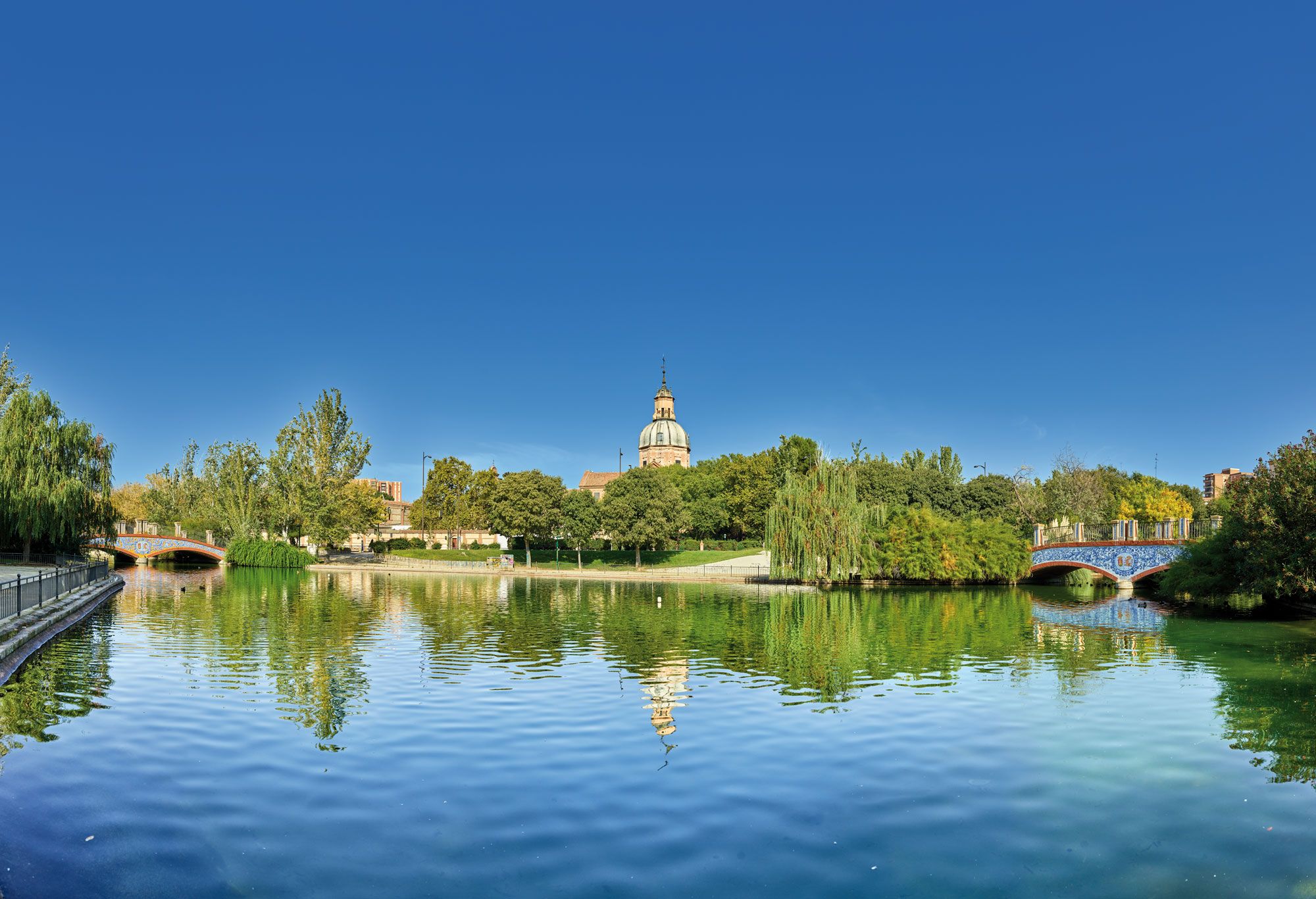Talavera de la Reina
Toledo
Pottery of Talavera de la Reina
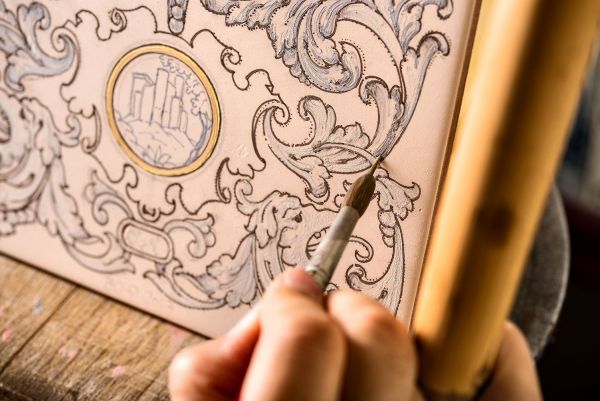
Fiesta de las Mondas (Talavera de la Reina)
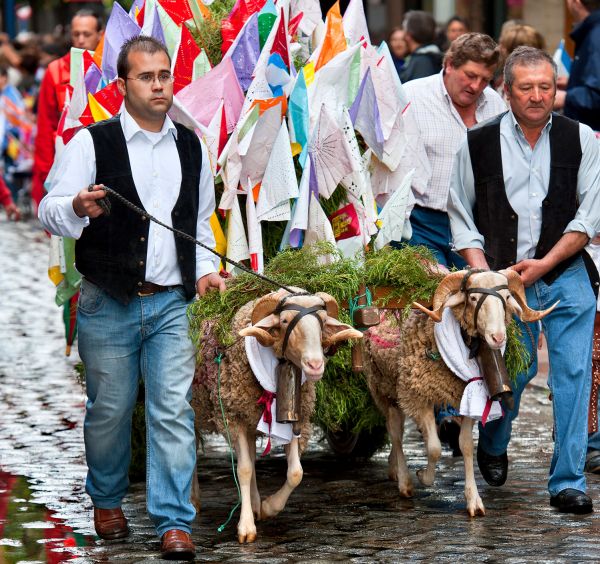
Altarpiece of Nuestra Señora del Prado (Talavera de la Reina)
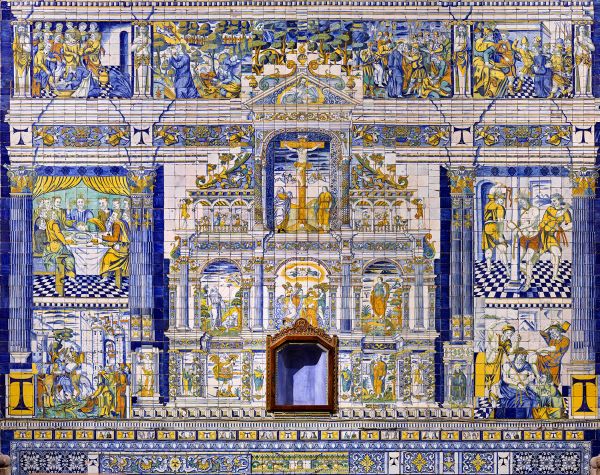
Altarpiece of Nuestra Señora del Prado (Talavera de la Reina)
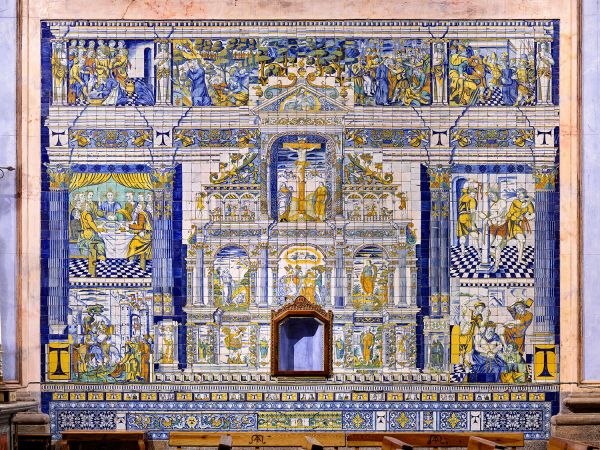
Museum Ruiz de Luna (Talavera de la Reina)
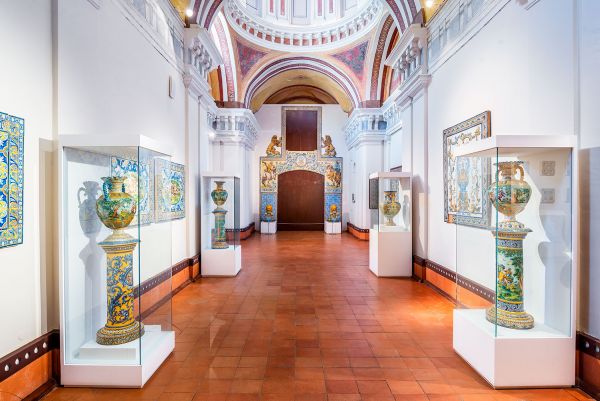
Talavera de la Reina
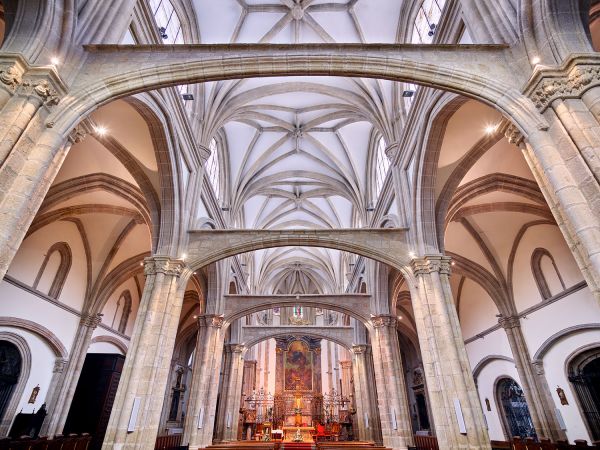
Talavera de la Reina
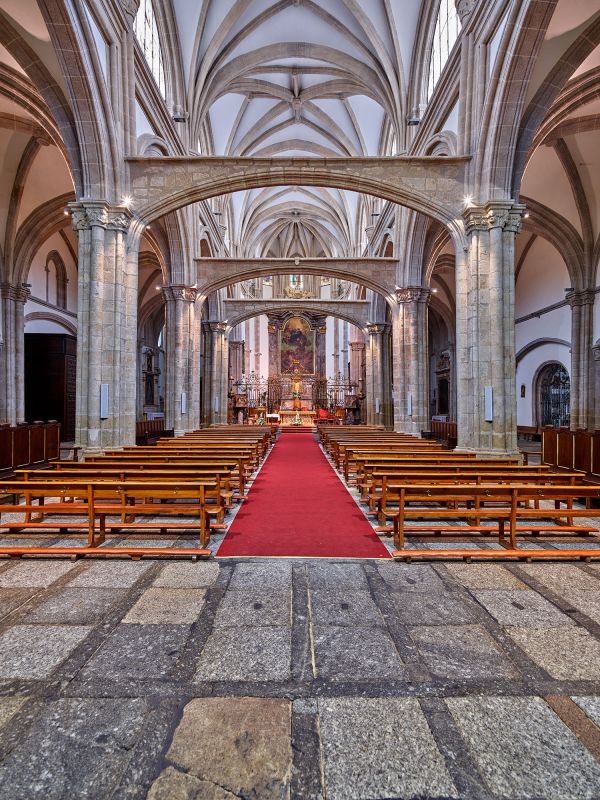
Talavera de la Reina

Talavera de la Reina
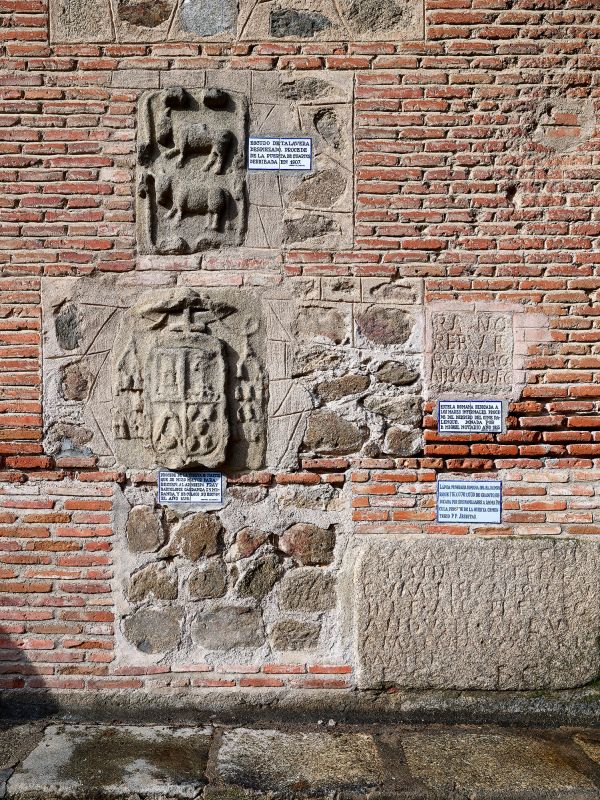
Talavera de la Reina
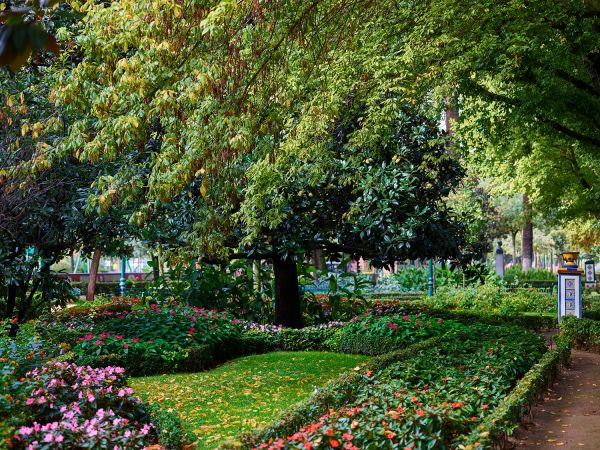
Talavera de la Reina
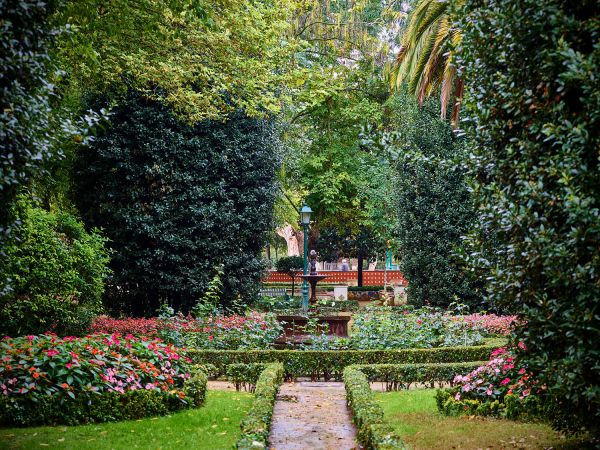
Talavera de la Reina
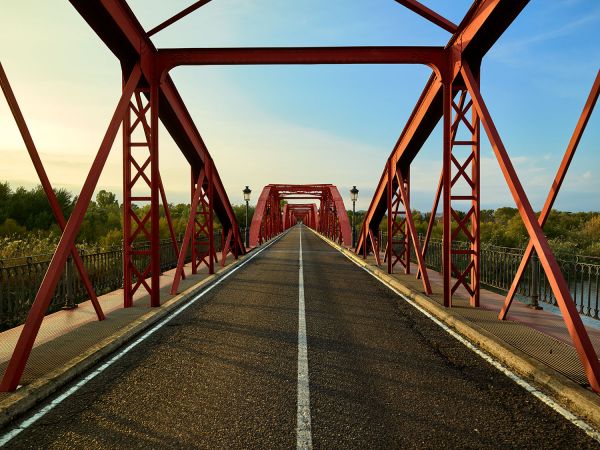
Talavera de la Reina
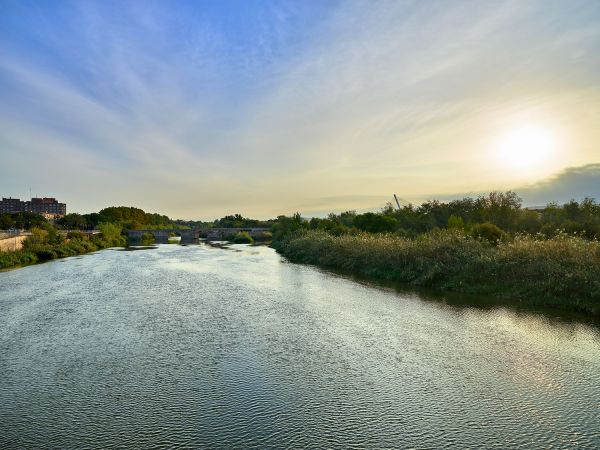
Talavera de la Reina
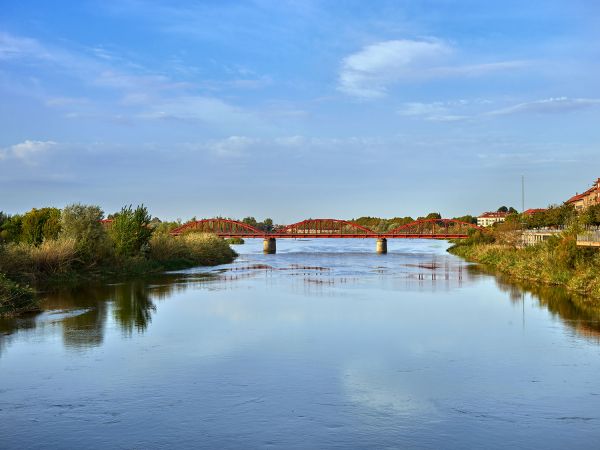
Talavera de la Reina
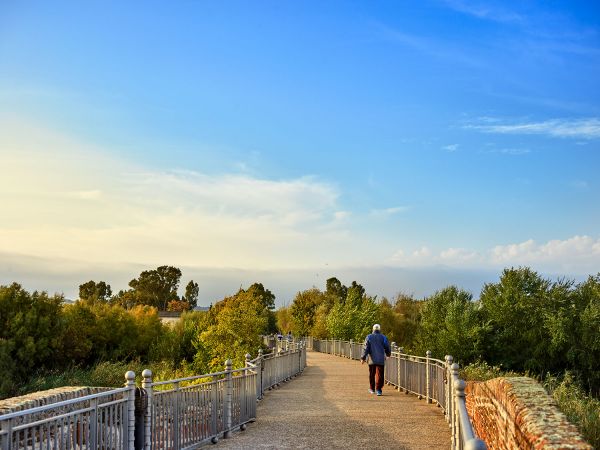
Talavera de la Reina
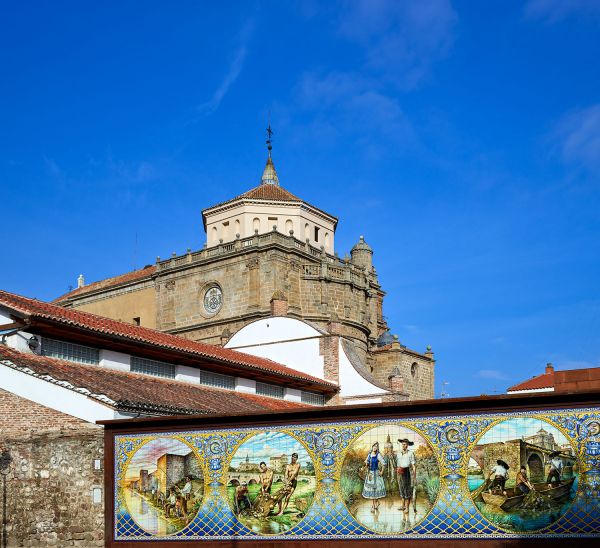
Talavera de la Reina
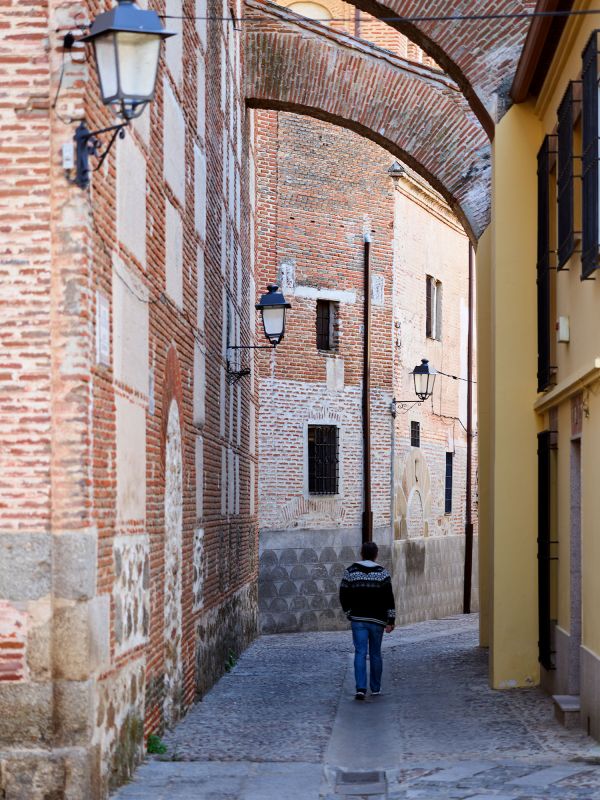
Talavera de la Reina
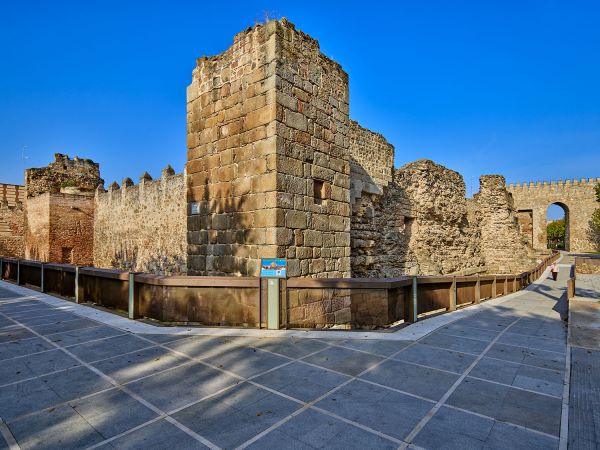
Talavera de la Reina
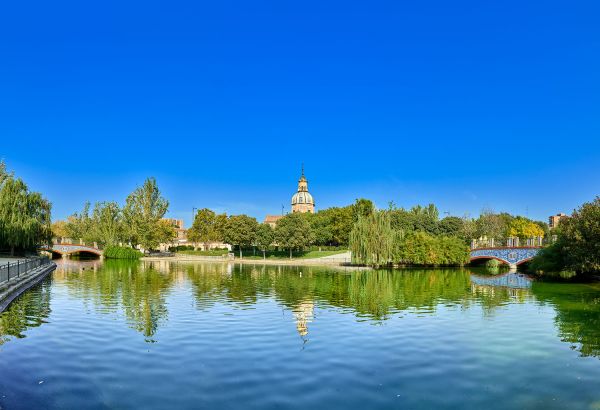
Talavera de la Reina
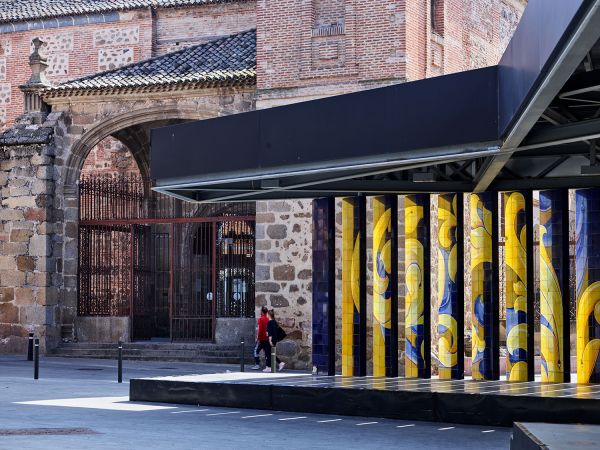
Talavera de la Reina
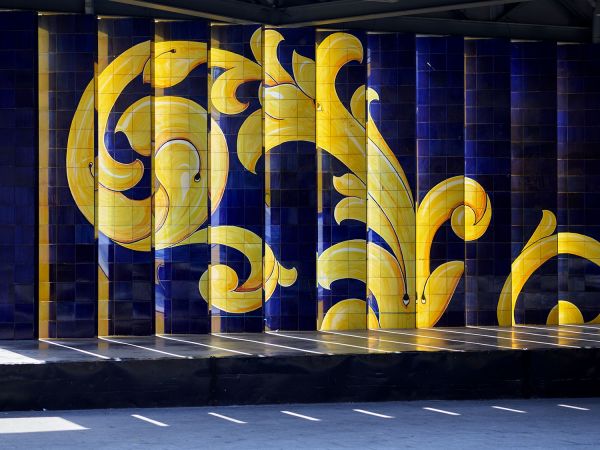
Talavera de la Reina
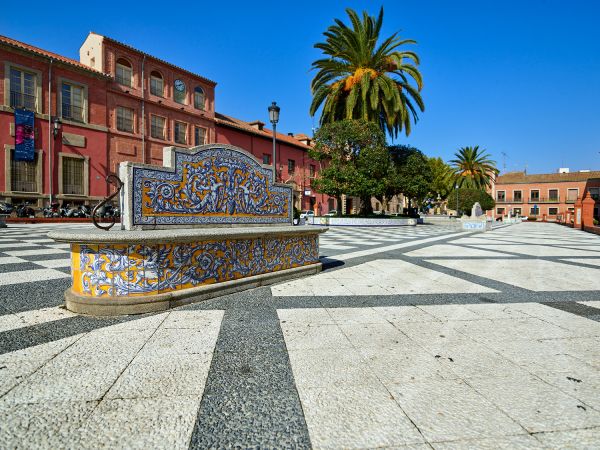
Talavera de la Reina
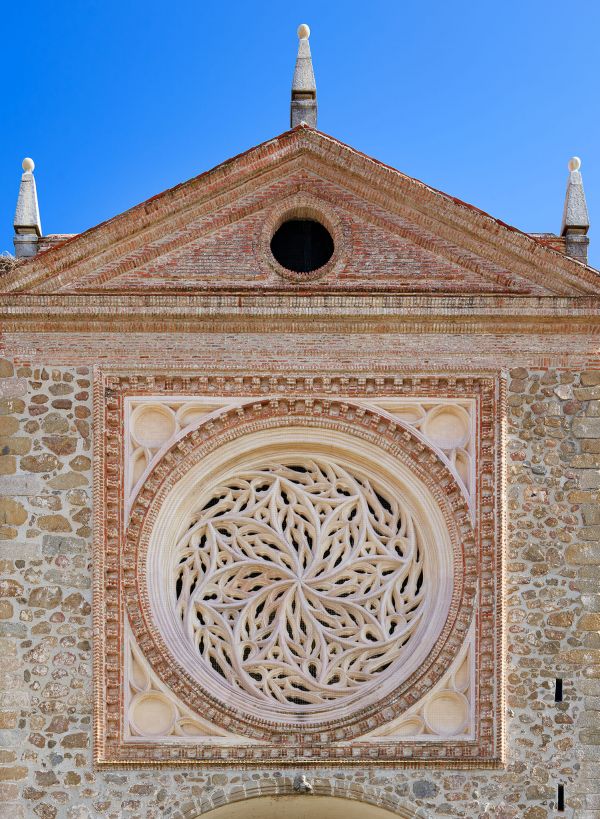
Talavera de la Reina
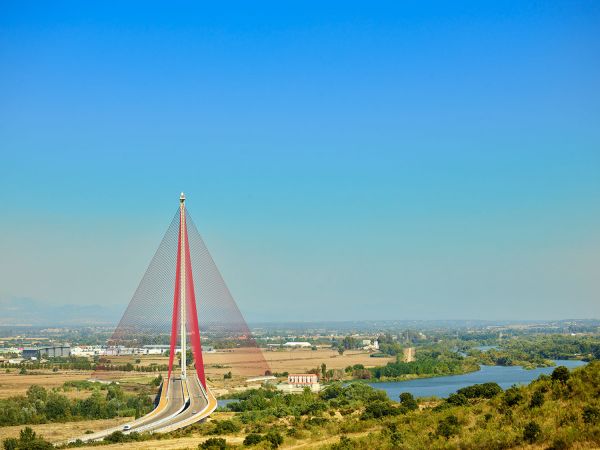
The present and future of Talavera catch the eye: this is the nerve centre in social, economic and service terms for nearby regions such as Campana de Oropesa, La Jara, Sierra de San Vicente and even towns in the Tiétar valley (south of Ávila) and the north-east of Extremadura. However, its monuments, hidden corners and festivals are testimony to an impressive past.
Up to March 2019, a cultural event summarised this passing of time: the exhibition “aTempora: 6,000 years of ceramics in Castilla-La Mancha” summarises the history of ceramics production in the region, bringing together for the first time in a single city over 1,000 pieces of incalculable value. A unique opportunity that is difficult to repeat and a must.
Don’t miss this when visiting.
The Tajo river is Talavera’s most characteristic physical element; it is a natural geographical barrier and in the past was just barely saved. The old Roman bridge, Puente Viejo, was destroyed by the Arabs when fleeing Talavera and its reconstruction ordered in 1483, using some Roman stumps and in the same style, therefore it is still known as the Puente Romano (Roman Bridge). Another two bridges are famous: the Iron bridge and the Castilla-La Mancha bridge, a new cable-stayed bridge and a unique feat of engineering, a world record in the category of cable-stayed bridges with a single mast, having the highest inclined mast in Europe.
Walls
The Muslim Talavera (Talabayra) is familiar with growth and enlargement following the construction of the first walled enclosure of the three the town has had. The remains of the wall of this initial construction (9th century) are preserved. In the 13th century, the wall was consolidated with a number of towers large watchtowers that enabled the best possible defence of the city. These towers, a real symbol of Talavera, originally numbered 17. Now only 8 remain, some in perfect condition. Another line of walls was later built, which had several doors. The only ones still visible are the Seville, Mérida and Zamora doors.
Urban Talavera
Talavera is the finest example of Spanish ceramics tradition and the tiles capital. Talavera ceramics is a globally valued and known artistic stamp. A stroll through the city gives us the chance to see religious temples, businesses, museums, façades and urban landscapes up close. The benches of the Pan Square, the panels and gardens of the Basílica del Prado, the front of the altar of the chapel of the martyrs in the Collegiate Church Santa María la Mayor or the façade of the Victoria theatre are perhaps the most significant examples.
Ruiz de Luna Ceramics Museum
The large Talavera museum has a range of works in earthenware and tiles from the town between the 16th and 20th centuries, although there are older ceramics works (from Rome, the Muslim Talavera, etc.). We can also find a large chunk of the ceramicist’s personal collection with genuine masterpieces from his workshop. Now designed as an extension to the Museum, the San Agustín square is one of the most charming corners of the old town. This is home to the 17th century San Agustín church.
The large Collegiate Church Santa María la Mayor is in the Pan square, in the heart of Talavera. Blending Gothic and Mudejar styles, it is a truly beautiful edifice, with a particularly noteworthy large rosette in stuccoed brick.
Basílica del Prado
A highlight in the city’s skyline and epicentre of liturgical acts and festivals. It is the home of the city’s patron saint. It also interesting because it’s known as the Sistine Chapel of ceramics: Talavera art par excellence here showcases the full splendour of the 16th century.
Fiesta de las Mondas
Declared of National Tourist Interest, it connects intimately with the feeling of the city; considered the oldest documented festival in Spain (being the heir of the Roman worship of Ceres), it takes place every year during Easter week to celebrate the annual harvests in this agricultural and farming region. However, above all, it makes clear the link and twinning of Talavera with the surrounding towns.
Prado Gardens
These have been an area for recreation for the residents of Talavera since yesteryear. Reconverted in the late 18th century into an ordered, tree-lined area, in 1924 the gardens saw the installation of a monumental fountain designed by Francisco Arroyo and executed in the Ruiz de Luna workshops, known as Fuente de las Ranas (‘The Fountain of Frogs’), the recreation we can now see from 2004. The duck pond stands out due to its beauty and colour scheme, made in Talavera ceramics; the small public toilet building known as La Mezquita (‘The Mosque’), with its Moorish Revival architecture style, and the park’s other street furniture, also made using traditional ceramics.
The co-existence of Muslims and Christians and the architectural style arising from this - Mudejar - is the guiding theme for two visits: Salvador church, one of the oldest in the city, which preserves a beautiful apse. Its interior has been reconverted into a cultural gallery. There is also the church of Santiago el Nuevo, a magnificent example of this art; its western façade, right in the passage of Santiago, is supported by the adjacent homes through two strong flying buttresses and displaying a high, beautiful rose window. Inside, we’ll find an imposing 18th-century organ.
The Talavera de la Reina Ethnographic Museum is located in one of the city’s oldest industrial buildings: an old, 18th-century oil press belonging to the San Jerónimo convent. Outdoors, there is an archaeological site from the same period, old tanneries where leather was tanned and dyed.
May also be of interest to you
Castilla-La Mancha Tourism in 2023. All rights reserved.
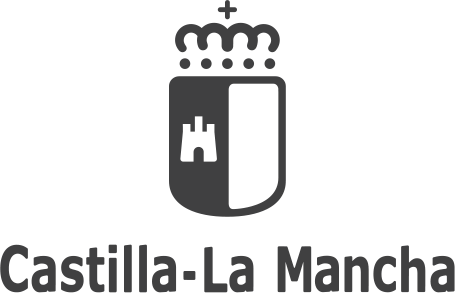
 365
365
